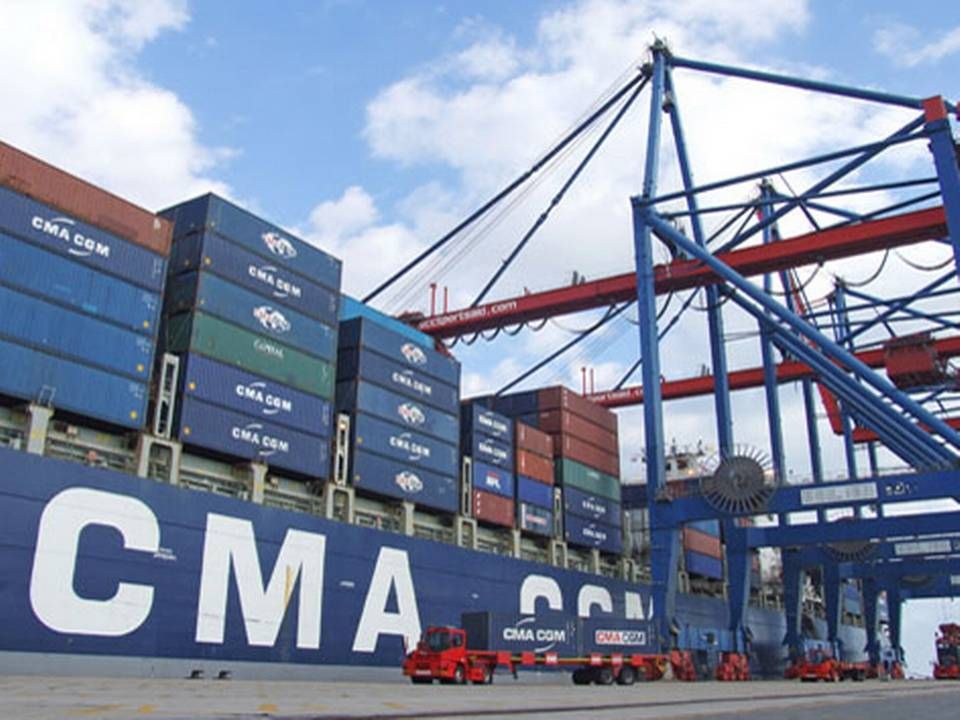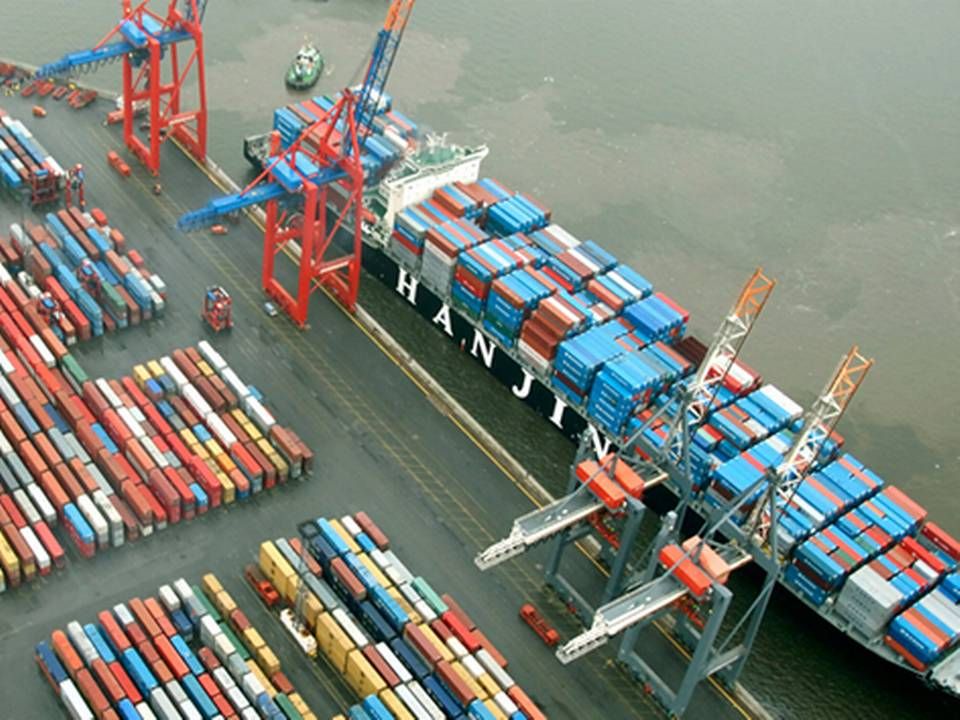Drewry: General rate increases not a viable solution
The world's container carriers are relying too heavily on general rate increases (GRI), as virtually every month the carriers announce new rate increase on trade lanes around the world. And that's the wrong way to go about it if the carriers want to ensure future revenue and, in particular, more stable market conditions than we're seeing today, writes Drewry in its latest analysis of the container market, Container Forecaster.
Rather, carriers ought to focus much more on minimizing overcapacity on the global trade lanes in order to bring stability to the market:
“We are stuck in a vicious rut of GRI, followed by rapid rate erosion, followed by another GRI. Carriers cannot achieve market stability unless they are prepared to adjust capacity in line with weak demand ," says Neil Dekker, head of container research at Drewry.
Pacific alliance will increase rates
Overcapacity on Asia-Europe in particular has been a constant theme for many months, and according to Drewry industry numbers showed that a lot more would happen here than actually did happen. Additionally, carriers will have to accept that there won't be an annual growth of 8-10 percent on the East-West trade:
"The delivery of ever more 10,000 teu levels and the recent surge in the orderbook for more ULCCs is not helping sentiment. A change of strategy by the carriers is urgently required," says Neil Dekker.
P3 a step in the right direction
However, the end of June brought a rare increase for the container spot rates on Asia-Europe, where carriers managed surpass break-even. Past indications also hinted that the spot rates would be back at USD 2,300 to USD 2,500 per teu, writes Drewry, which goes on to ask the question of how long this trend will last.
Meanwhile, container carriers continue to announce rate increases. Most recently, Hanjin and MOL announced an increase on their westbound route, of USD 500 per teu, starting August. And others are sure to follow, says Drewry. But the shipowners will have to change their attitude toward GRIs, and the new P3 alliance between the three largest carriers in the world could be a step in the right direction:
"We believe a step in the right direction is the announcement by Maersk, MSC and CMA CGM that they will collectively adjust their capacity in the three main east-west trades in a new operational alliance (P3) to commence in early 2014 (and subject to regulatory approval). It should be seen as a catalyst to try and aid some of the current problems, although these three lines cannot repair the industry damage all by themselves,” says Neil Dekker.
SeaIntel: Rate hike will last through the summer
Related articles
Pacific alliance will increase rates
For subscribers
Drewry: P3 will have huge consequences for ports
For subscribers
SeaIntel: Rate hike will last through the summer
For subscribers





















